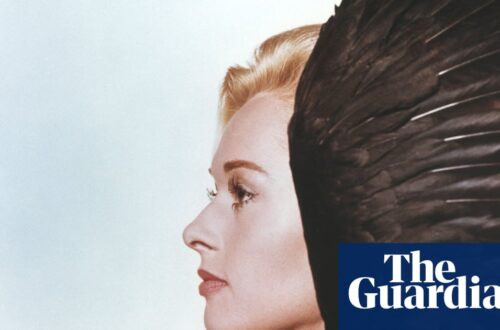Overview
A trio of early stories by Virginia Woolf, collectively titled The Life of Violet, are set to be published next month. These stories, which serve as a humorous portrayal of a family friend, have recently been rediscovered, shedding new light on Woolf’s early literary exploration.
Inspiration Behind the Stories
The Life of Violet draws its inspiration from Mary Violet Dickinson, who formed a close friendship with Woolf when she was just 20. Dickinson played a significant role in Woolf’s early career, introducing her to key figures in the literary world and supporting her during a personal crisis in 1904.
Content and Style
The stories are rich in satire, fantasy, and an unexpected dose of comedy. They traverse diverse landscapes, from the lavish antics of aristocrats in a grand Jacobean home in Hertfordshire to the arrival of two goddesses in an imaginative version of “Tokio,” Japan, riding on the back of a whale.
Originally drafted in 1907, years before the release of Woolf’s first novel in 1915, these narratives were initially meant to be kept private. Woolf, then known as Virginia Stephen, had requested that only Dickinson and another friend read them, expressing doubts about their quality and urging them not to share the drafts.
Rediscovery and Significance
The revised version of these stories came to light thanks to a fortuitous discovery by scholar Urmila Seshagiri, who was researching another unpublished memoir by Dickinson. While visiting Longleat House, where the Dickinson archives are stored, she learned about an original Woolf typescript that had been overlooked. This unforeseen find led to a multi-year journey due to the constraints of international copyright laws.
In 2022, Seshagiri finally accessed the documents, revealing professionally typed revisions filled with stylistic changes that underscore Woolf’s commitment to her craft much earlier than previously understood. These discoveries will soon be published by Princeton University Press as The Life of Violet.
The Woolf We Know
In these stories, the familiar essence of Woolf begins to emerge. Literary critics, such as Mark Hussey, highlight the early manifestations of her inventive imagination that would later bloom in her works like Orlando. One powerful passage evokes imagery where a goddess claps its jaws like “ivory castanets,” while another scene depicts “her ladyship” waving her fan like an elephant’s trunk.
Significantly, one of the stories reveals the inception of the phrase “a room of one’s own,” a key concept later expanded in her influential feminist essay from 1929, underscoring the broader themes of autonomy and self-determination.
Radical Themes
Seshagiri identifies these previously overlooked narratives as “quite radical.” The third story, inspired by Dickinson and her companion’s travels to Japan, portrays a progressive and egalitarian society ruled by two deities. Although the text does reflect some of Woolf’s cultural limitations, it also connects to her later works, drawing a line to Three Guineas, where she envisions women aspiring for justice and equality.
Legacy and Historical Context
Why have these stories remained relatively obscure for so long? In 1955, after Dickinson’s family offered the NYPL versions to Woolf’s husband, Leonard, he declined, deeming them unworthy of publication. This initial dismissal led to the stories ending up in a London junk shop, later acquired by Tom Maschler, who recognized their significance.
Woolf’s revisions indicate a meticulous concern for the rhythm and structure of her writing, contradicting the belief that she had abandoned this early work. Such editing showcases her serious engagement with these stories as significant stepping stones in her literary evolution.
Final Thoughts
The upcoming release of The Life of Violet not only enriches our understanding of Virginia Woolf’s literary journey but also highlights the importance of friendships and experiences that shaped her worldview. As we look forward to these newfound narratives, we celebrate a more nuanced picture of a writer whose imaginative prowess continues to inspire new generations.





